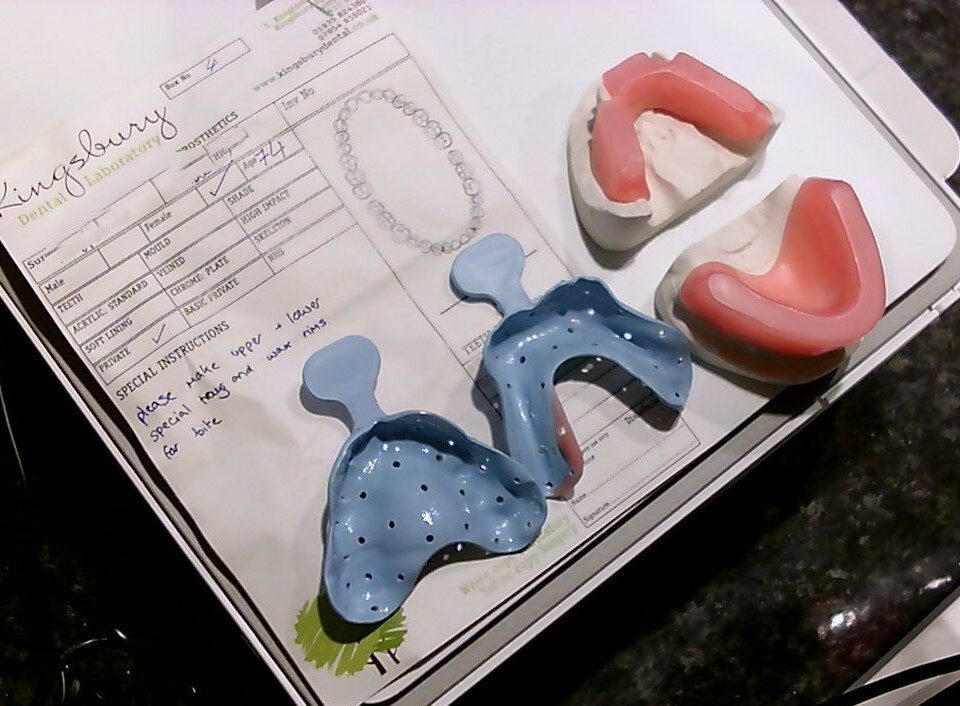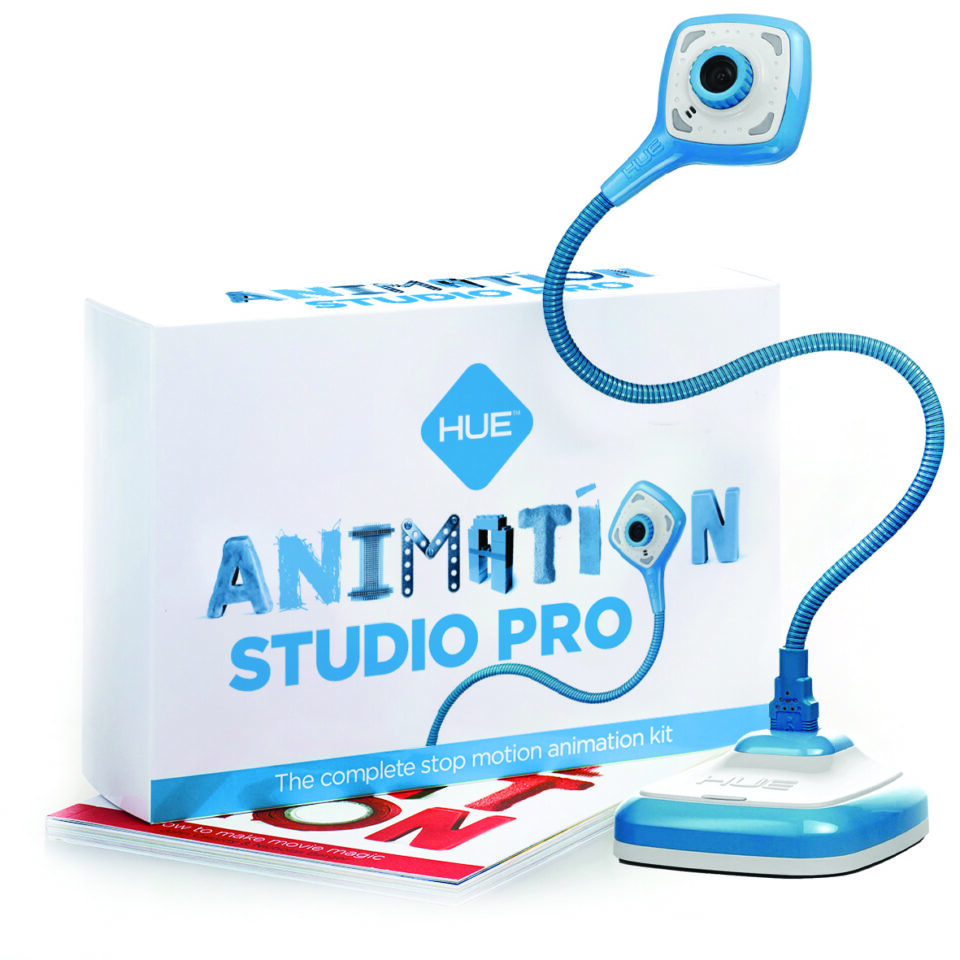
The HUE HD Pro Camera is a Bett Awards 2021 Finalist!

HUE HD Pro: unboxing & camera set up

With the COVID-19 virus and global pandemic cases still on the rise, schools and lessons being taught virtually have become the norm for most of us. Unfortunately the restrictions from having to go from in-person to online create more than just distance; it can get downright boring sitting in front of a computer so often. Even as a teacher it gets difficult to sit and talk to a computer screen instead of an actual person.
So, how can you spice things up a bit during your music lessons, and keep your students from getting bored or falling asleep?
Here are some awesome tips for teachers utilizing the HUE HD Pro camera that can really help to make your music lessons online much more engaging!
Playing online games during lessons
The first suggestion is simple – have fun by making lessons more fun. Playing a variety of games in the classroom is one of, if not the best way to not only help teach someone who would rather be watching TV or playing a video game but also to keep their attention on you. Typically you might have had some physical exercises or fun theory games you planned to share during your music lesson.
Some suggestions for a few specific games that you can try out for fun:
Name That Tune: This is a simple game for your students that they can really enjoy. Teach lessons to learn the piano by plunking out simple melodies that will entice your student to recognize the song. In doing so, you can put your HUE camera right on the keyboard to demonstrate just what notes you’re playing, and even take it a step further by having the game be more than just naming the song. Have your student work to identify key components that are used such as what specific notes are played, rhythm patterns for the time signature (half note, quarter note), and what key signature it is played in.
Matching With Flashcards: Yet another simple one you can put together fairly easily with some index cards, markers, and use of the HUE HD Pro camera on your desk. Line up the musical terminology, piano notes/keys, etc. by both picture and word, then mix them all up and flip them over. Let your student work to identify and match the correct words with the pictures. It doesn’t have to be super difficult but it can be a great review for whatever musical theory you’re working on in your lessons.
Warm-Up Bingo: For any of your students working on scales for their instrument you can easily turn warm-up exercises into a fun game to start each lesson. Create a board that your student can use digitally and have him/her mark the correct spots based on what is being played. You can even go back and forth to quiz each other on music theory, the use of chords, etc. the possibilities for the answers here are endless.
Musical Reading: Part of teaching music theory is through encouraging your students to learn how to read music independently. You can play a game very similar to the ‘Name That Tune’ game. This has you taking a well-known song and having your student play the simple melody on the spot, note by note. Keep it simple to your students’ level, so they can easily identify and play it through. Your student will only need to go a few lines before being able to recognize it, and it will increase their confidence in their abilities for playing at the same time.

Incorporate movement for a few minutes
It is very difficult to do a lot of moving around when you teach lessons online, mainly due to having to constrain yourself to a specific box that is within your camera lens. With the HUE HD Pro camera, you have a lot more flexibility of movement. You can get up and move across the room, adjusting the arm to follow you so that you have more options when teaching.
Moving is great within lessons for doing beginning stretches in order to have more flexibility, for preparing the mind, and even just for a change of pace. Any way that some movement can be incorporated within your music lessons is a great way to engage your students because it promotes a shift in the brain. You don’t have to make your students do any crazy exercises, but a few suggestions for helping to move a little might be to do some simple facial exercises if you’re a voice teacher, maybe work on proper posture, or possibly even some dance breaks to a fun song for a bit, getting the body in motion and ready to work.
Collaborations
Even though we are all separated, we can still find ways to be together at home. Collaborations are a great way to help your students learn to play with others, and even though there are some challenges, it can still be done with online lessons. Some great ways you can include more than one student at a time for lessons:
- Do a group lesson or masterclass utilizing fun tutorials for all of your students (or just a few together at a time) over video conference, so that they can see each other and talk to one another.
- Create a recital of duets, trios, or even more, and have your students perform ‘together’ in separate, pre-recorded videos that you can combine.
- If you have more than one student learning the same piece, have a group lesson for them together so that they can discuss challenges, etc. with one another, and provide one another with assistance or tips to help them master it.

Added benefits teaching with the HUE HD Pro camera
The ease of using your HUE HD Pro is not just in the convenience of being able to aim it wherever you’d like during lessons so that you have more freedom to move around, but also with the fact that it comes with built-in recording, so you can actually record your lessons for playback.
A huge tool for providing exceptional music lessons, particularly if you are a voice teacher, is that you want to have your students identify and work on the trouble areas within their piece, and having the ability to record themselves through this camera with you is a huge help.

Since so many students are working from home they don’t have access to sheet music and typically, teachers will buy the sheet music outright to share with the student in typical in-person lessons, many teachers will have to buy 2 sets now so that the student has a copy at home.
However, with the HUE HD Pro camera, you can easily share sheet music over video conference, so you don’t have to obtain two copies each time, which can save much in costs. The ease of having the sheet music right there on the screen for your students to see helps teachers to save money buying sheet music in a big way.
Change up the routine
It is easy to get set in a specific routine and way of doing things, particularly for weekly music lessons with students. First, you exchange your pleasantries and talk about any news you may have, then you go into doing some warm-ups, then actual playing or singing of whatever piece you happen to be working on. Typically this is fine for most students, but with many of them stuck at home and doing everything virtually, you should work to mix it up.
Besides adding musical games, movements, and fun lessons online together, you can try to appeal more to your students’ interests.
If you have students with specific genres of music that they enjoy, give them a new challenge and have them learn a song in that genre – more specifically, one that they really enjoy the most – even if it’s just for one lesson, it will help to break up the monotony of going over the same piece that they have been working on, and help pique their interest.
The same goes for warm-up exercises: if you rotate the same ones over and over, do some research and find or create brand new ones for your students so that it breaks their routine. Spend a lesson going over something important in musical theory that you haven’t covered yet, and give your students a break from playing or singing, and so on. There are many ways to be more creative and innovative than you may realize and the HUE HD Pro camera can help you tap into that innovation in your lessons. View the available products and get your own today to take your music lessons to the next level!
– Nicole McCray
Before she discovered her passion for teaching students how to play their first instrument, Nicole was pinching pennies in her 20s while singing at dive bars across the country. Nowadays, she spends her days contributing to music blogs, parenting forums, and education websites when she’s not providing private music lessons. She finds joy in sharing her insight with musicians, fellow teachers, and parents of musicians-in-training!

Find out more, subscribe to our blog, download resources, contact us or follow us on social media.


